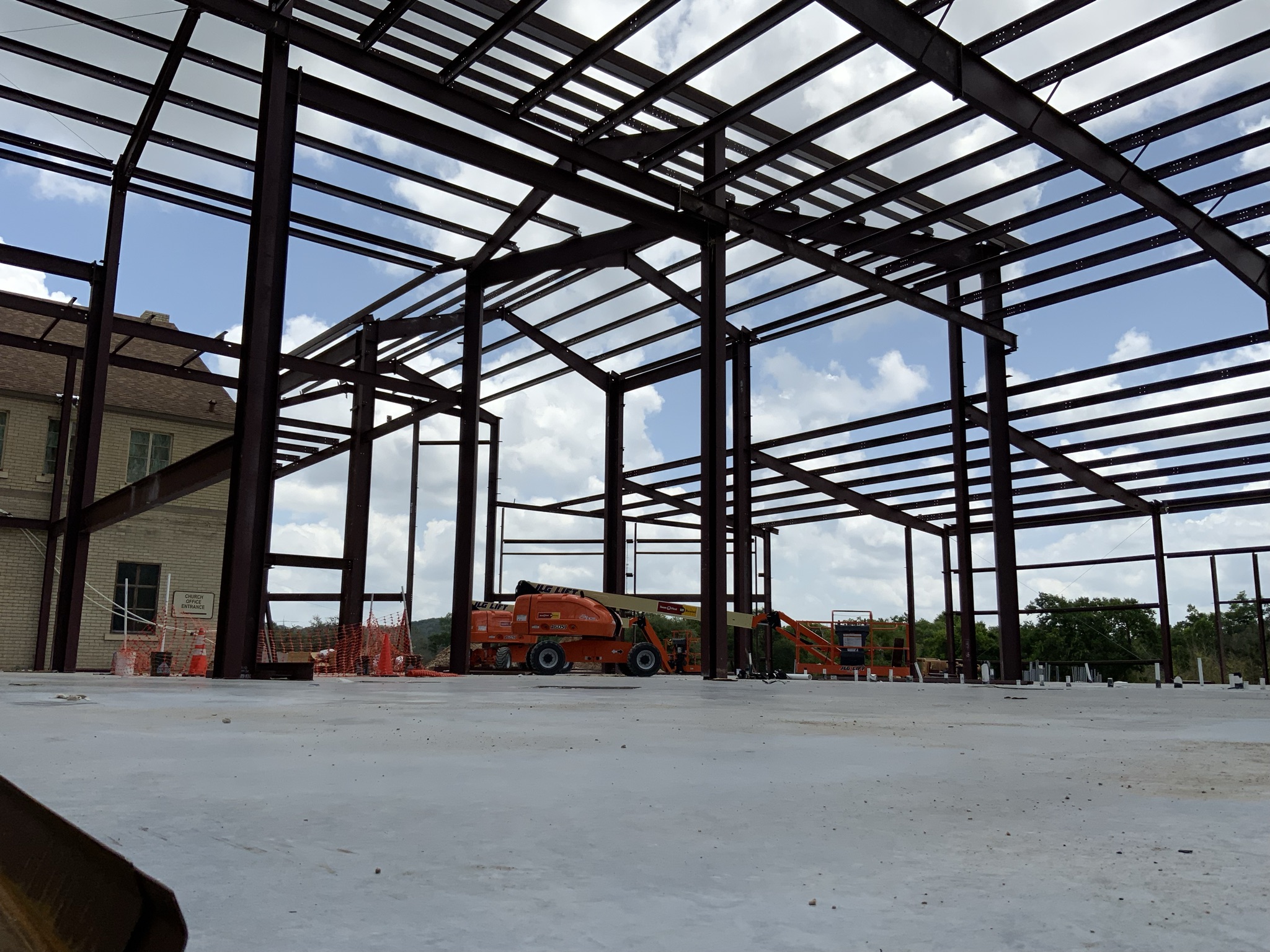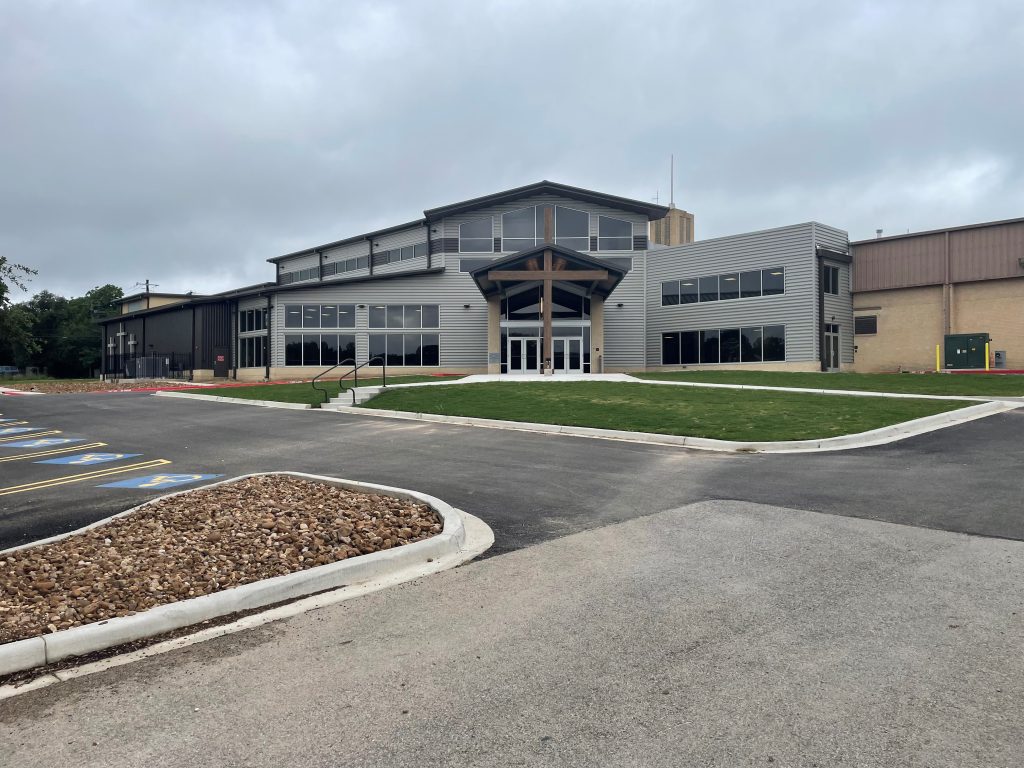
By Rodney C. James
Jesus said, For which one of you, when he wants to build a tower, does not first sit down and calculate the cost to see if he has enough to complete it? Otherwise, when he has laid a foundation and is not able to finish, all who observe it begin to ridicule him, saying, ‘This man began to build and was not able to finish.’ Luke 14:28-30
When it comes to a church construction project, whether you are planning a renovation, and expansion, or a new building, Jesus’ question is one we most certainly should be asking. The problem that comes too often is churches don’t count the whole cost. They simply ask the wrong questions that can lead down the path of answers that in the end, are inadequate.
The wrong question to ask is, “What is the building going to cost?” Or even worse, “What is the cost per square foot?” These questions provide answers, but the answers are insufficient to determine the feasibility of any particular project. The right question to ask is, “What is the entire cost of a project from beginning to end?”
What you really need to know is every expense you can expect to incur from the moment of knowing you need to renovate or expand, until you are fully using the facility for ministry. With every project, there will be steps, processes and studies that have costs prior to beginning the construction work. Those potential costs can include everything from code updates, infrastructure upgrades, architectural plans and renderings, city permitting fees, engineering services, soil exploration and testing, environmental impact fees, traffic studies, and more. If these costs are not considered, there is the very real possibility that later in the process when they are discovered, they can impact the project to the point that the project becomes too costly.
 So how do you take Jesus’ advice and truly count the cost, not just of the building, but of the entire project? Let’s consider taking these steps to ensure you have the answers you need and that the answers you get are accurate.
So how do you take Jesus’ advice and truly count the cost, not just of the building, but of the entire project? Let’s consider taking these steps to ensure you have the answers you need and that the answers you get are accurate.
First, find a partner who is willing to walk with you to determine all the requirements, understands the steps needed, and has partnerships with other organizations that can be brought to the table to assist with finding the information needed. There are many firms who are willing to do the design work, many more who are eager to tackle the construction, even some who will help to determine the hard costs involved, but most often left out are all the ancillary steps and costs that are not under their direct responsibility.
For example, if you engage a firm to provide you with floorplans and renderings, who is answering the questions of the size of the existing sewer line, if a traffic study be required and how much will it cost, is there asbestos in your building that will need to be abated, what is the soil condition below where you are going to build and how does that affect your foundation systems. These and many other questions need to be asked, answered, and quantified with respect to cost, not later on in the process after you show the congregation your plans and renderings, but before, so you know the real cost of what you are showing.
Secondly, after choosing the right partner, a thorough process of due diligence and feasibility is the very first step of the process. During this process, your partner should help you identify all potential obstacles, hurdles, and costs for every step of your project. They would likely invite other individuals or firms to help in the process to ensure all the needed information is provided.
 With this information provided, your partner should be able to determine real construction costs for every item discovered. There will be fees required throughout this process to the parties assisting in information and cost gathering, but you should view it as an investment in your project, not an expense that is lost. The information gleaned through taking this initial step will help you ensure that when you cast vision you are accurately relaying all the costs and requirements for your project.
With this information provided, your partner should be able to determine real construction costs for every item discovered. There will be fees required throughout this process to the parties assisting in information and cost gathering, but you should view it as an investment in your project, not an expense that is lost. The information gleaned through taking this initial step will help you ensure that when you cast vision you are accurately relaying all the costs and requirements for your project.
Being able to truly count the cost requires much more work at the very beginning. Missing these steps can create much heartache and painful decisions later on in the process. The true cost is not just the building — the materials and labor — but the costs for all services, fees, permits, studies, lending fees, consultants, etc. that you will need along the journey from vision to completion.
 Rodney C. James, a former pastor, is president and founder of Master’s Plan Church Design & Construction in Tulsa, Okla.
Rodney C. James, a former pastor, is president and founder of Master’s Plan Church Design & Construction in Tulsa, Okla.


